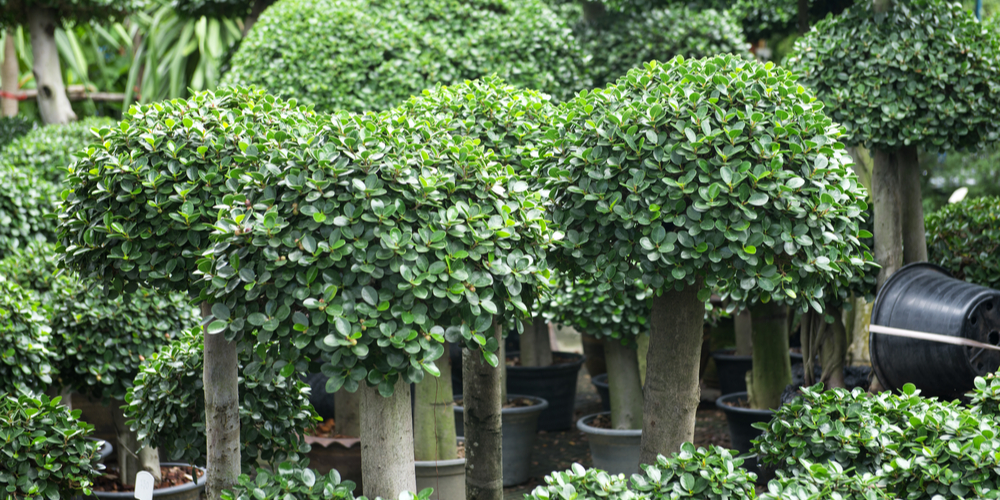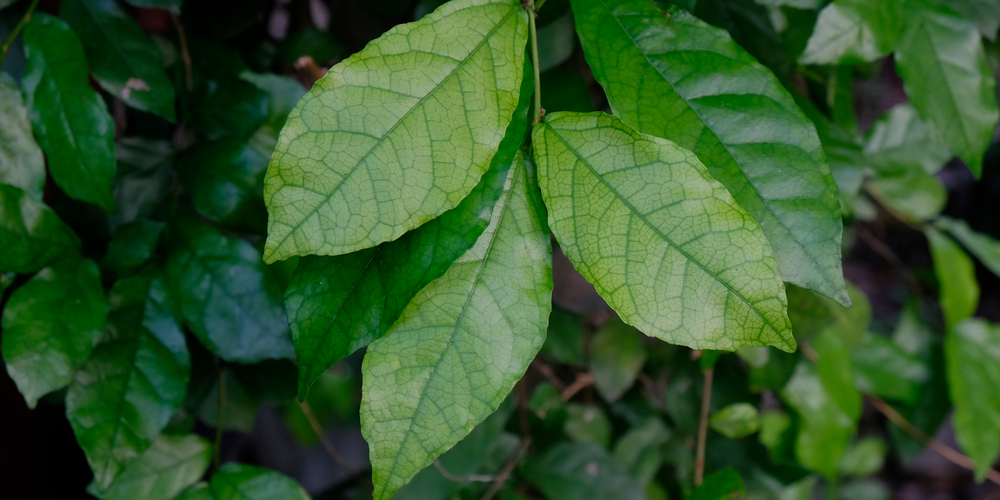Mustard trees, also known as toothbrush trees, or mustard bushes, are evergreen shrubs native to Africa, India, and the Middle East. But don’t worry, you can grow them in the United States too: they do great in warm regions with low humidity. Let’s look at mustard tree size, uses and care.
So, they are perfect for USDA hardiness zones between 7 and 11, where they will thrive without much attention from your side.
But don’t get mistaken: mustard trees don’t produce the delicious seeds that make up the condiment so many people love!
What are mustard trees
Mustard trees produce tender sticks that people have been using as teeth cleansers for centuries (hence, the common name “toothbrush tree”). Plus, some companies use its fibers to create alternative toothpaste.
Usually, these plants are slow growers and have little ornamental value: they bloom in green and yellow blossoms and have an irregular shape. The flowers turn into edible bright-colored berries in the summer. People in the Punjab region consume dry (similar to currants).
These plants have a spreading growth habit with a weeping branch structure. Still, you can consider adding one to your yard as a shade tree. A mustard tree size depends on the environment and growing conditions: they usually get to about 20 feet in height, but some trees can grow as little as six feet tall, whereas others can reach impressive heights (up to 30 feet!).
But do you want to learn more about mustard trees? Keep reading this essential guide we put together for you! Here, you’ll find all you should know before adding a mustard tree to your yard (and our tips to make the most out of these plants).
Mustard Tree Care: Our Tips
Mustard trees perform best in arid climates. They are not too fussy about soil conditions: indeed, they can thrive even in nutrient-deficient environments with little moisture and extreme heat.
However, they are susceptible to cold damage: avoid planting these shrubs if you don’t live in the optimal USDA hardiness zone. You might not know this, but there are about 40 different mustard tree varieties: ensure you choose the one that better suits your region.
For best results, plant these trees in an area that receives plenty of sunlight, better if the soil is heavy and compact. These plants’ roots are excellent at finding moisture even when water is scarce. But be careful: they can spread aggressively. For this reason, you must not plant these shrubs near cisterns and septic systems.
If you don’t have much time to dedicate to your garden, consider growing a mustard tree. Indeed, mature mustard trees require very little attention. Of course, that doesn’t mean you shouldn’t care for them.
For instance, you will have to pay attention to them during their early months in your yard: giving them what they need during their establishment will make your plant more tolerant to diseases and attacks from pests.
When growing this plant from seeds, you must soak them in water to ensure faster germination. Also, we recommend you grow them in nursery pots before transplanting them to your yard.
Don’t forget to give your plants adequate moisture during their earlier growth phases. Once a week should be enough, but make sure you adapt your watering schedule to your local climate conditions.
Stop adding extra moisture to your mustard tree during the fall to encourage the development of a deep taproot, which will play a crucial role in supporting your plant in case of drought.
One of the most common issues gardeners encounter when planting mustard trees is overwatering: mustard trees do better in dry conditions.
Soggy soil can contribute to the spread of final infections and bacterial growth. And that can lead to root rot and result in premature death. So always make sure that the soil is dry before adding extra water.
Don’t forget to prune your plant: eliminate dead or unhealthy branches to ensure adequate airflow and reduce the spread of diseases. Do it annually for the best results.
Don’t forget to use sterile tools! If necessary, don’t hesitate to spread an insecticidal soap solution to keep pests at bay. Avoid overdoing it: follow the instructions on the label!
Mustard Tree Size: The Bottom Line
By following the recommendations we included in this guide, your mustard tree size can become about 20 (or even 30) feet tall!
So, if you are considering adding this plant to your yard, you must ensure you have adequate space to support its growth.
You may also like: Do Deer Eat Morning Glories?

